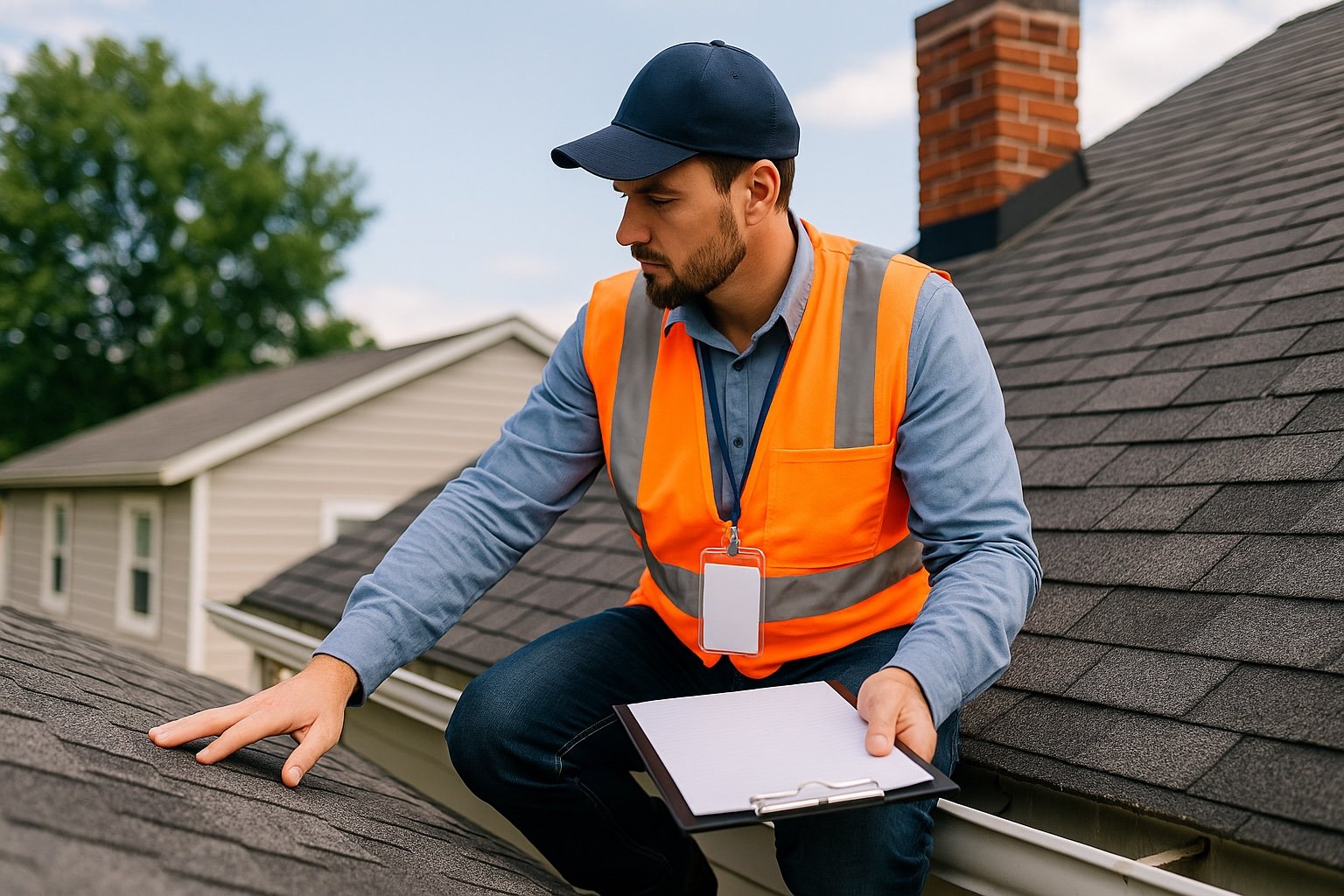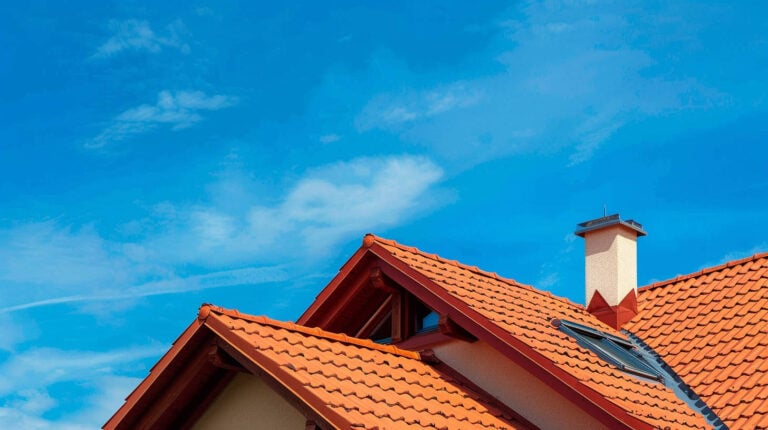Steadfast Roofing of Riverview, FL understands that a roof is more than just a shelter—it’s a long-term investment in your home’s safety, energy efficiency, and resale value. In this guide, we cover everything homeowners need to know about regular roof inspections, packed with in-depth insights, clear actionable steps, and industry-leading best practices.
Why Regular Roof Inspections Matter
🏠 1. Early Damage Detection & Prevention
Roof inspections allow professionals to uncover minor issues—such as cracked shingles, compromised flashing, or underlayment gaps—before they escalate into costly leaks, structural damage, or mold infestations. Addressing these concerns early can save thousands in repair costs and extend the lifespan of the roof.
💧 2. Safeguarding Structural Integrity
A compromised roof deck or sagging structure diminishes your home’s protection and can lead to interior structural problems. Routine inspections assess key elements like decking, framing, and support systems to ensure stability and safety.
🔋 3. Improving Energy Efficiency
Damaged shingles, poor seals, or attic ventilation issues lead to energy leaks—forcing HVAC systems to overwork. By maintaining a snug roofing envelope, homeowners enjoy stable indoor temperatures and reduced energy costs.
💵 4. Insurance Compliance & Premium Savings
Many insurance providers require proof of regular roof maintenance. Inspection records help maintain coverage eligibility, accelerate claims processing, and may even qualify homeowners for premium discounts.
🏡 5. Boosting Home Value & Curb Appeal
A well-maintained roof enhances visual appeal and signals to potential buyers that the home has been cared for—often yielding higher sale prices and reducing buyer hesitation.
What Happens During a Roof Inspection
- External Roof Assessment
- Checking shingle condition (curling, cracking, granule loss)
- Examining flashings around chimneys, vents, and gutters
- Checking shingle condition (curling, cracking, granule loss)
- Attic & Interior Examination
- Detecting moisture intrusion, mold, and insulation issues
- Inspecting the roof decking for sagging or rot
- Detecting moisture intrusion, mold, and insulation issues
- Gutter & Drainage Assessment
- Clearing clogged gutters
- Ensuring water is properly diverted from the foundation
- Clearing clogged gutters
- Ventilation & Insulation Inspection
- Evaluating attic ventilation to prevent condensation
- Checking insulation levels for thermal efficiency
- Evaluating attic ventilation to prevent condensation
- Photographic Documentation & Reporting
- Detailed photo evidence of problems with maintenance recommendations
- Budget forecasts and timelines for necessary repairs
- Detailed photo evidence of problems with maintenance recommendations
Ideal Inspection Frequency
- Bi‑annual Routine: Spring and fall every year
- After Severe Weather: Storms, hail, or hurricane events
- Before Warranty Expiry or Home Sale: Validate roof condition and prolong coverage
🔍 More frequent inspections are recommended for roofs older than 15 years, or with tricky features like skylights, chimneys, or low-pitched surfaces.
DIY vs Professional Inspection
DIY Safeguards
- Perform visual inspections from ground level or the attic
- Look for signs such as missing shingles, interior stains, or curled edges
Professional Advantages
- Trained experts can detect subtle issues and structural vulnerabilities
- Equipped with tools like moisture meters and infrared scanners
- Provide documented inspection reports that support insurance claims and resale credibility
Common Roofing Issues & Solutions
| Issue | Why It Happens | Inspection Benefit | Solution |
| Cracked / missing shingles | UV exposure, wind damage | Identified early, prevents leaks | Shingle replacement |
| Flashing leaks | Seal degradation around joints | Prevents water intrusion | Flashing reseal or replace |
| Clogged gutters | Debris buildup | Avoids water pooling | Clean & install guards |
| Inadequate attic airflow | Blocked vents, poor insulation | Reduces mold growth | Add vents, improve insulation |
| Roof deck damage | Chronic leaks or poor ventilation | Ensures structure stays secure | Board/joist repair |
Selecting the Right Roofing Inspection Partner
🔎 What to Look For:
- Licensed, insured, and certified professionals
- Experience with roofing materials and regional weather conditions
- Clear inspection reports & transparent pricing
- Positive reviews and responsive communication
💬 Key Questions to Ask:
- What’s covered in your inspection package?
- Do you offer immediate repairs or just assessments?
- Can I access previous inspection logs?
- What warranties or guarantees accompany the work?
Budgeting & Long-Term Value
An inspection typically ranges from free to $400, but the potential savings far outweigh the cost. Proactive fixes can prevent replacements that may cost thousands and preserve home resale value.
Conclusion
Regular roof inspections are a proactive measure that delivers unmatched protection: safeguarding your structure, boosting energy efficiency, fulfilling insurance requirements, and preserving property value. With a disciplined inspection schedule and a seasoned roofing partner, homeowners stand to avoid significant damage, lower maintenance costs, and enjoy peace of mind year-round.
Read one of our latest blogs: “When to Replace Your Roof: A Detailed Homeowner’s Guide”.




